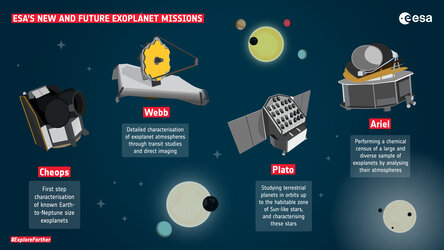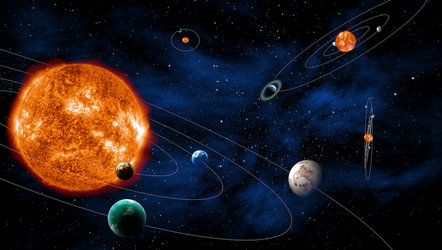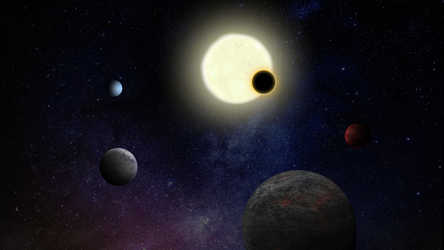International collaboration
COROT was first proposed in December 1996 by the French National Space Agency (CNES). Over the next three years, the project's feasibility was studied. In September 1999, a call for potential European partners was made and in March 2000, CNES gave the green light to build COROT, leading the mission. The other international partners are: the European Space Agency (ESA), Austria, Belgium, Germany, Brazil and Spain.
CNES was responsible for the entire system and for the launch contract with the French-Russian company Starsem, who provided a Soyuz launcher. CNES appointed Alcatel Alenia Space as Prime Contractor to build the satellite and co-run the launch campaign. CNES also managed the scientific payload, whose subsystems were managed by French laboratories (LAM, Marseille; Paris-Meudon Observatory; and IAS, Orsay).

ESA joined COROT by designing and developing the optics for the telescope, which sits at the heart of the spacecraft, and testing the payload. Through this collaboration a number of European scientists were selected as co-investigators in an open competition. They came from Denmark, Switzerland, the UK and Portugal. As a result of ESA's participation in COROT, scientists from ESA's Member States were given access to the satellite's data.
The on-board computer processors (Data Processing Units) were manufactured in ESA's European Space Research and Technology Centre (ESTEC) as one contribution of ESA to the COROT mission. The external ‘baffle’ on the telescope was also developed at ESTEC. This device shields the lens from ‘light pollution’ from sources other than those objects at which the telescope is looking.
Austria contributed hardware (the 'BEX' link module between the camera detectors and the on-board computer), and a mission-specific ground station in Vienna.
Belgium contributed the telescope baffle, designed and developed by ESA in the framework of the ESA PRODEX optional programme. Belgium also developed the COROTcase, a component of the instrument equipment case.
Brazil participated in COROT through ground-based optical observations from ESO (Chile) and LNA (Brazil), and with a mission-specific ground station in Alcantara.
Germany provided the COROT Data Processing Unit on-board software and contributed ground-based monitoring of the stellar fields that COROT surveyed.
Spain contributed with the ground-based monitoring and calibration of the COROT targets and supplemented the mission with follow-up observations from the ground. It also provided a COROT mission data centre.
All participating countries also provided science data analysis.
The ground stations used for COROT are located in Kiruna (S), Aussaguel (F) Hartebeesthoek (South Africa), Kourou (French Guyana), with mission-specific ground stations in Alcantara (Brazil) and Vienna (A).










